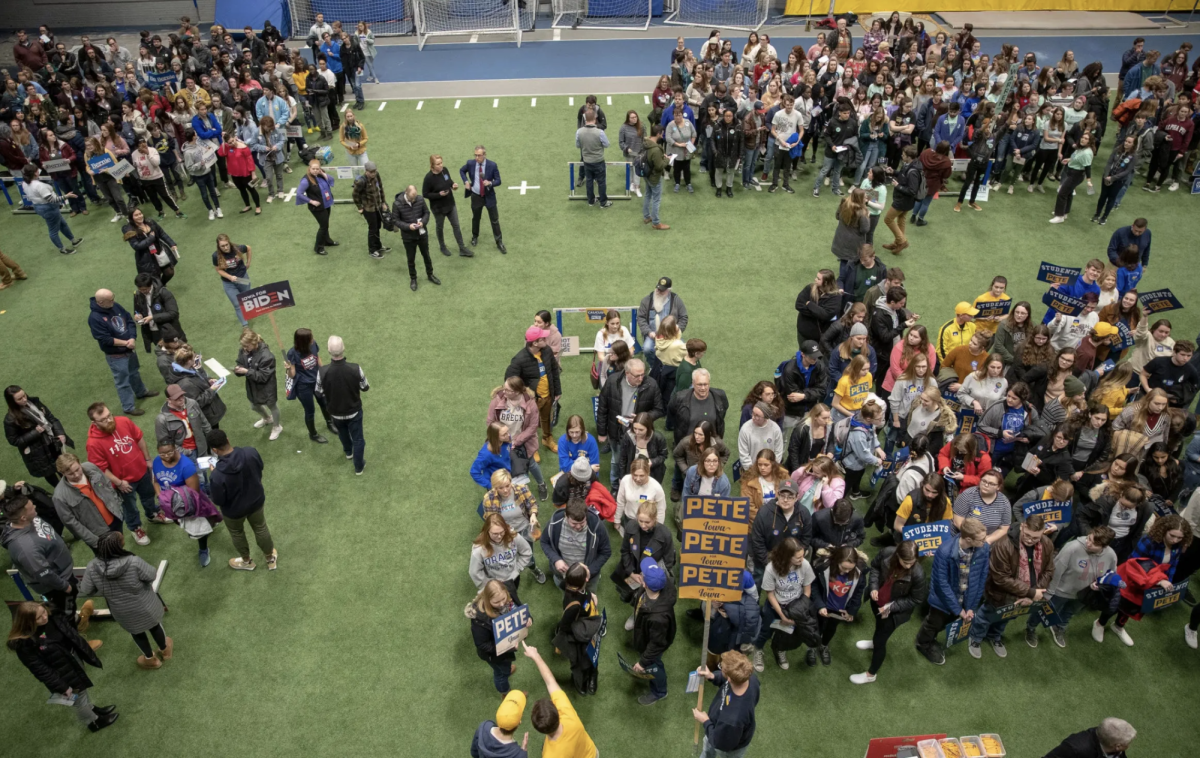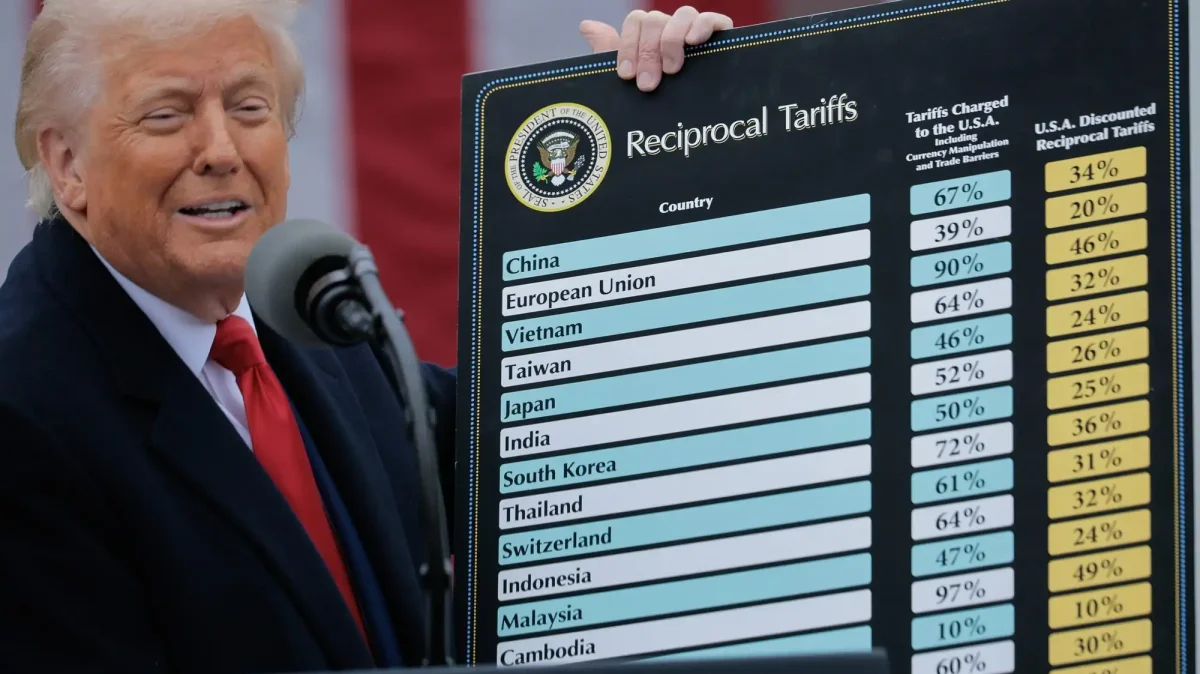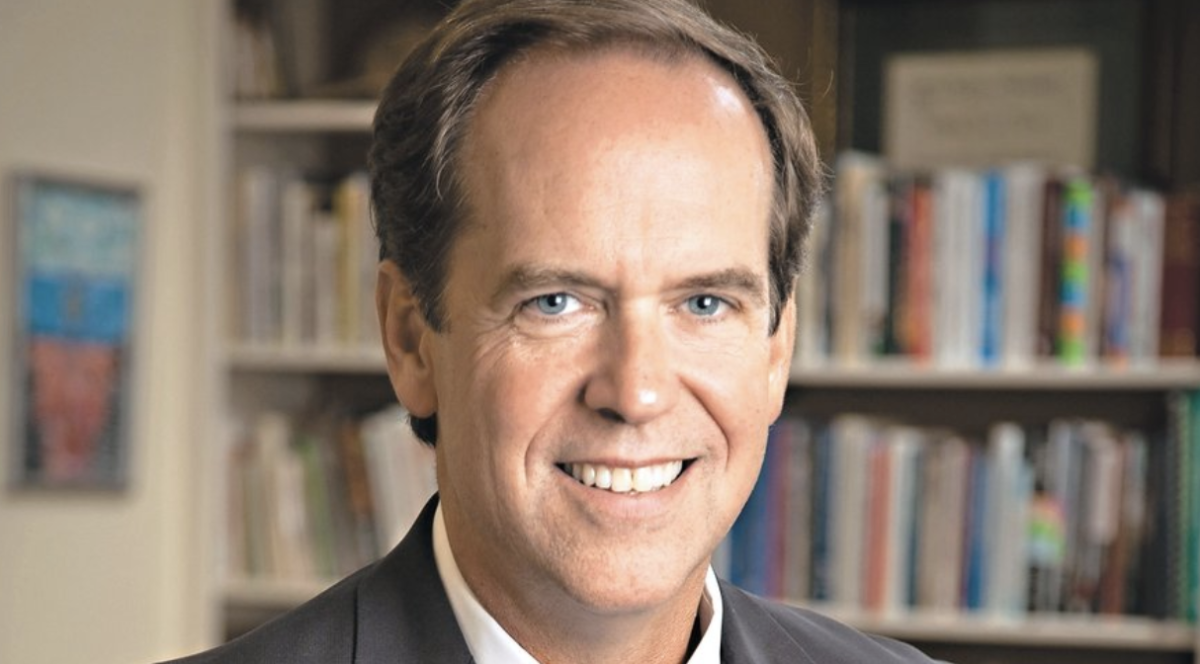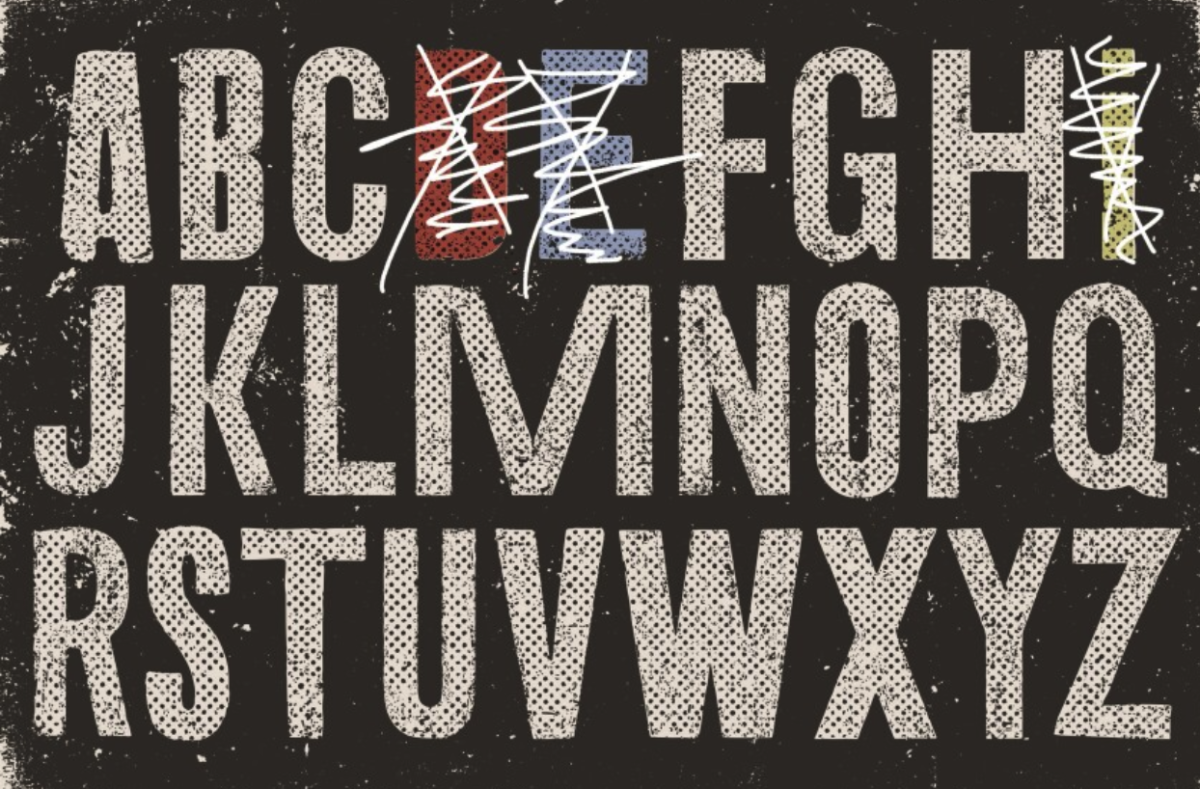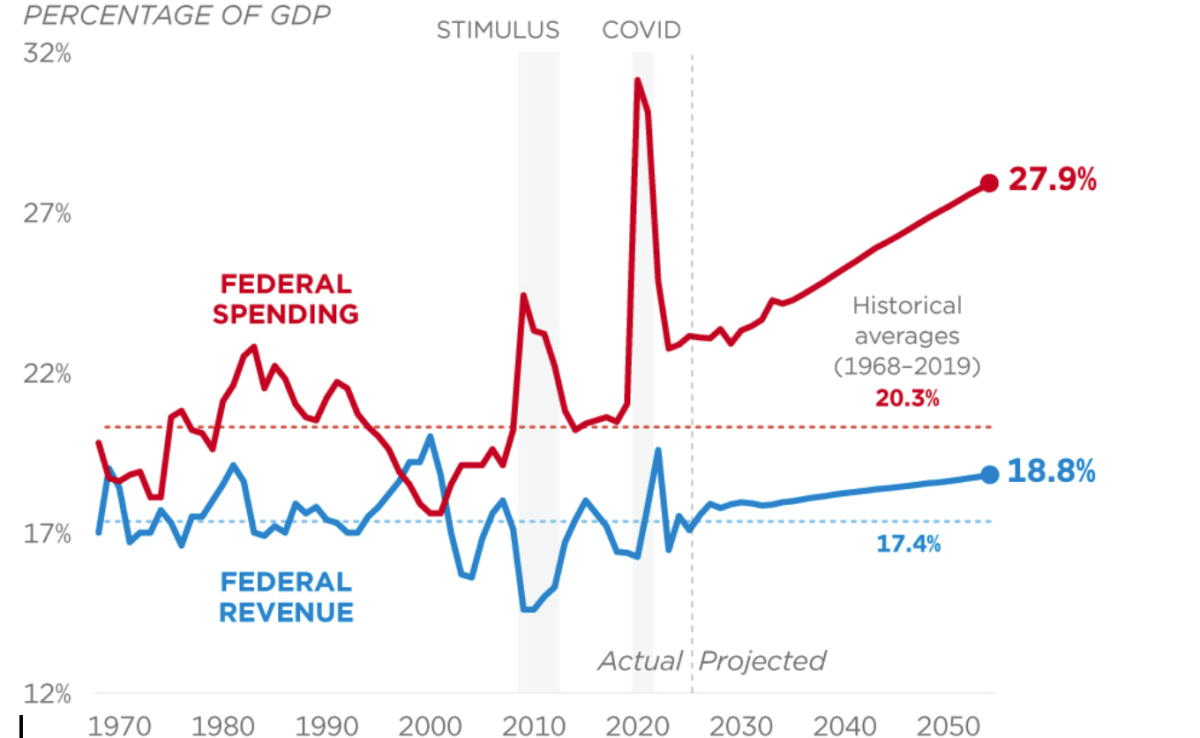On Jan. 15, the public got its first indication of voter support for the presidential candidates at the Iowa Caucuses. A caucus is different from a primary in the way that it has voters choose their top candidate for their party’s presidential nomination and is overseen by the state party, which is a private organization, rather than the state government. As a result, caucuses are more localized and promote one-on-one interactions between the candidates and voters interested in their campaigns.
During the Republican inaugural caucus for election season, the candidates and their representatives have shown a tendency to move to Iowa six months to one year before the caucuses to start winning over votes through a method called Grassroots campaigning.
Within neighborhoods, representatives of a team’s party take the months leading up to the caucus to build relationships with each other and to get to know the voters through their willingness to knock on doors. This allows the representatives to localize their candidate’s policies and provide voters with answers regarding the candidate’s presidential campaign, which later influences the individuals to vote a certain way during the caucuses.
In each state, politicians will talk about specific issues relevant to that location.
“But it’s also kind of easy to see right through what they’re talking about,” said senior Peter Davis, who traveled with a Westminster JanTerm to experience the caucuses and its promotional events. “Like they’re just talking about these topics because we’re in Iowa.”
These talks are done in advance to simplify the process during the caucuses, where voters are surrounded by their neighbors at their geographically designed precinct. Caucuses are constructed so that instead of going into a booth to cast a ballot, the public is allowed to confer with one another after hearing each major candidate’s representative speak on their behalf for a few minutes. This system appeals to the audience because the public can participate and perhaps persuade their neighbors to change their vote.
“It’s sort of like a neighborhood potluck in the sense that everyone came together to discuss the candidate’s policies,” said freshman Ismini Vasiloglou, who also went to Iowa with the JanTerm.
The precinct the Westminster students and faculty observed is a middle school cafeteria filled with around 100 to 200 Iowans. After listening to the representatives, the voters cast their ballots by writing down the name of the presidential candidate they favor, then placed them in a Home Depot bucket being passed around.
When the voters received a blank sheet of paper to write their ballots on, the members of the JanTerm were surprised to see the ballot didn’t even include a barcode.
“Which is intriguing in a country that has been driven with political divides and claims about ballot integrity,” said John Monahan, head of the Civil Dialogue Fellows program and the teacher advisor for the Iowa Caucus JanTerm.
The next step in this process reveals the Iowans’ level of democracy in tallying the votes. The public votes for who will count the votes, and members of the audience of any age are allowed to nominate themselves. This serves as part of the symbolic ceremonial rules for the caucuses, making the lengthy process more enjoyable for the public because they can partake. The people whose job it is to count the ballots now sort the papers into separate containers for each candidate, and in this case, those were takeout boxes.
Nikki Haley won the vote by a large margin in the precinct the Westminster JanTerm was in, while Trump was the victor of the caucus overall.
When results are released after the caucuses, the percentages in the news are from the total number of votes from all the precincts. However, before and after the caucuses, there is an incentive for news reporters to have entrance and exit polls, which are unofficial reports where they are stationed outside precincts to ask the Iowans who they voted for so that they can get their information out first.
“Interestingly, this time, ABC, instead of waiting until after the event, they asked people who they were going to vote for, and in turn, their article was published even before the votes in our precinct were counted.” said senior Albert Tang.
“These polls don’t have a great reputation by scholars because voters often forget, lie, or lack preciseness in their answers, but it’s still information, which will reflect the data produced in the news media,” said Monahan.
After the caucuses, Trump was in the running lead with 51% of the vote, followed by DeSantis at 21.3% and Haley at 19.1%. While winning Iowa is not necessarily predictive of the outcome of the upcoming presidential election, it is still a data point. Typically, the top three candidates attract the most attention from the media in the aftermath.
Both Ramaswamy and Hutchinson suspended their campaigns after performing poorly at Iowa, respectively gaining 7.6% and 0.2% of the votes. Caucuses test candidates’ influence over their party and narrow the playing field. They serve as the starting point for the nation, as it is the first step to eliminating candidates and demonstrating who the public wants in the running.
Caucuses aid political parties in choosing their presidential nominees and understanding their policies, but they have many disadvantages. These processes are more prolonged than primaries, taking about two to three hours, and the people who can usually afford to take this time are more likely to be older, without kids, and wealthier. There is criticism that the caucuses are idealistically nice but have glaring disadvantages for communities that are already not powerful in politics, like women, people of color, and people who live below the poverty line.
In addition, Iowa’s media attention is disproportionate to its delegate total, which only makes up 1.6% of the Republican delegates nationwide. But despite these faults, Iowa is still a prime caucus location. The state has an appeal to politicians because it’s a not-so-densely populated state and candidates can personally ask for voters’ support, otherwise known as a method called “retail politics.” The Iowa caucuses have resulted in close-knit communities between Iowans and politicians.
“Candidates should be able to speak in Iowa, or else they lose voters’ trust in their ability to speak about issues that affect the entire Midwest. If they ignore Iowa, the candidate risks placing among the later ranks and losing media attention,” said Monahan.
After months of campaigning, the days before the caucuses were filled with political rallies for the candidates, and the Westminster students and faculty went to the campaigns of many politicians, including DeSantis, Haley, Trump, Ramaswamy, and Hutchinson.
At the rallies, many of the candidates gave their stump speeches but opted out of doing a Q&A so close to the caucuses, including DeSantis, Haley, and Trump. The rallies are all high energy, as each candidate’s most prominent and loyal supporters are invited.
“At the DeSantis rally, the music was too loud, but the cheering was arguably louder, which showed how excited all the people were,” said Tang.
Of the Westminster members who went on the Iowa trip, most agreed that Asa Hutchinson’s rally was the best despite not having much voter support and an audience filled with school groups and media.
“He was willing to talk to us,” said Davis.
Unlike his fellow candidates, Hutchinson was willing to answer whatever it took, reaching the subjects of gun laws and climate change.
“He’s a great speaker. The fact that his rallies did not correlate with better performance in the caucuses was confusing,” said Monahan.
As for some of the other candidates, Trump’s speech was easily two to three hours compared to the one-hour rallies hosted by the other candidates.
Experiencing these political rallies up close and speaking to so many presidential candidates was an opportunity the JanTerm students found to be unforgettable and eye-opening.
“It was kind of cool to watch candidates meet regular people and relate to them. That was something I’ve never experienced before,” said Monahan.
Edited by Sophia Cunningham
